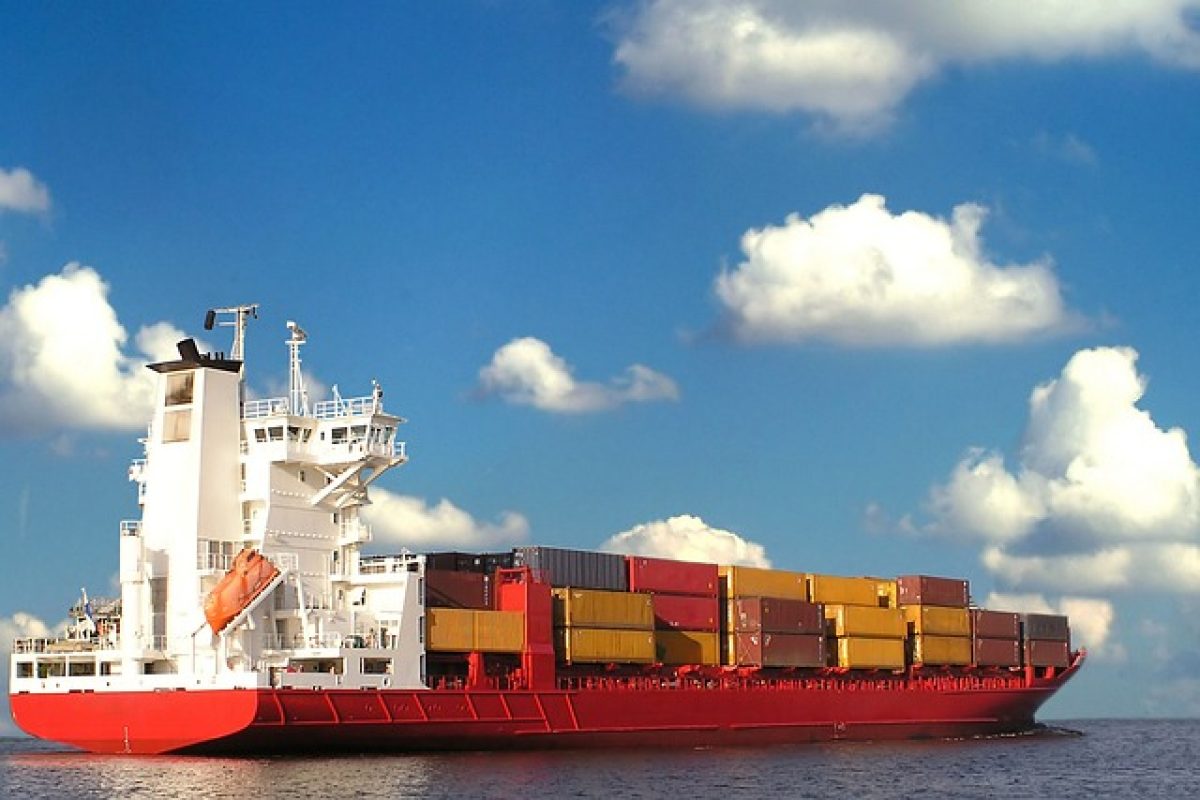Disclaimer – This is not an article about the pros and cons of tariffs or even whether tariffs are effective or ineffective. Rather, I wanted to take some space in this forum to address how potential tariffs (or an increase in current tariffs) might impact the markets. For investment advisors, this is a topic that comes up quite a bit, so I figured I’d write a bit on the subject!
Tariffs, which are taxes imposed on imported goods, are trade “tools” that have been around for a long, long time. Supporting the sale of local goods by taxing imports to make them more expensive is almost as old as global commerce itself. One point of reference: At the founding of our country, tariffs were the primary tool for raising government revenue – long before the idea of taxing someone’s income was even a twinkle in the eyes of lawmakers! With that as backdrop, I should state outright that most economists and investment managers believe tariffs can significantly influence investment markets. Their implications can be both direct and indirect, affecting various sectors and asset classes differently. Below is an overview of these implications:
Impact on the Profits of U.S. Companies
Increased Costs for Businesses: Companies relying on imported goods face higher costs, which can reduce their profit margins unless they pass on these costs to consumers.
Consumer Price Increases: Higher prices for goods can lower consumer demand, impacting companies’ revenues, particularly in sectors like retail, consumer goods, and manufacturing.
Sector-Specific Effects: Industries heavily dependent on imports, such as automotive or electronics (even pharmaceuticals in many cases), may experience disproportionate negative impacts, while domestic producers of similar goods may benefit. One sector or company’s risk could be another’s opportunity!
Stock Market Volatility
Uncertainty: Tariffs can create uncertainty about future trade policies, causing volatility in stock markets. This can affect investor confidence and risk-taking behavior … and, consequently, asset allocations.
Currency Fluctuations: Tariffs may affect exchange rates, especially if they disrupt trade balances. Without delving too deeply into the economic metrics around trade imbalances and currency implications, simply put, a stronger or weaker currency can impact multinational companies’ earnings and competitiveness. Not to mention global markets at a macro level.
Global Market Impact and Supply Chain Disruptions
Investment Reallocation: Companies might need to restructure supply chains to avoid tariff impacts, leading to increased capital expenditure and a shift in capital investment patterns. This can, of course, impact earnings as well.
Emerging Market Risks: Countries heavily reliant on exports to tariff-imposing nations may experience economic slowdowns, affecting investments in those regions.
Sector-Specific Opportunities and Challenges
U.S. Beneficiaries: Tariffs may protect domestic industries by making imports less competitive, potentially boosting investments in those sectors (e.g., steel or agriculture in some cases). This list is long but also complicated and is something we think about quite a bit as it relates to asset allocation.
Tech and Innovation: Companies may invest in automation or new technologies to offset higher costs from tariffs.
Bond Markets and Interest Rates
Inflationary Pressures: Tariffs can lead to higher consumer prices, influencing central banks to tighten monetary policy. Rising interest rates can negatively impact bond prices across all durations.
Safe-Haven Assets: Increased uncertainty may drive investors to seek safe-haven assets like government bonds or gold, influencing their prices. (Some might include Bitcoin or other cryptocurrencies in this category, but let’s save that for another day.)
Trade Relations and Economic Growth
Retaliatory Tariffs: If other countries impose retaliatory tariffs, global trade volumes may decline, reducing economic growth and affecting equity markets worldwide. This is often referred to as a “trade war,” which is uncommon but not unprecedented.
Impact on Exporters: Companies dependent on international markets may face reduced demand for their products.
Long-Term Considerations
Shift in Global Trade Dynamics: Tariffs can encourage countries to seek new trade partnerships or increase self-sufficiency, influencing long-term investment trends.
Economic Realignment: Structural changes in industries might create opportunities in alternative markets or technologies.
In summary, tariffs introduce a mix of risks and opportunities in investment markets. While they may protect certain domestic industries, tariffs can also increase costs, reduce profitability, and create economic uncertainty in other areas, which can redirect investments across sectors and regions. We will continue to watch trade policy announcements closely, adjusting portfolios as necessary to navigate the risks and capitalize on potential opportunities.
With all of this said, keep in mind that many economists still believe we will have global growth even in the scenario of substantial tariff increases. Tariffs are not four-letter words – but they are strong, often consequential economic tools. The United States (along with many countries on earth) uses tariffs today and will continue to use tariffs in the future. The scale and focus of those tariffs often fluctuate. The impacts, though difficult to predict, will be seen across all asset allocations. And, as we always do, we will continue to lean on industry expertise to invest your accounts for long-term success – even if that might include some near-term turbulence. Staying focused on your goals, remaining invested, and knowing when shifts are necessary will continue to be our touchstone.
Thank you for your time on this topic. Wishing you a great weekend!




